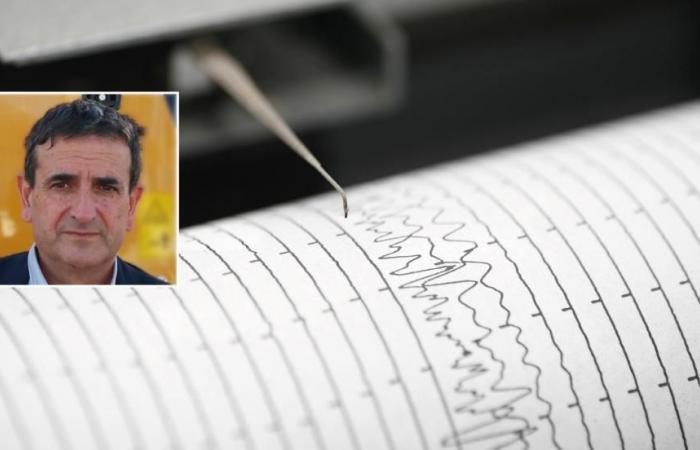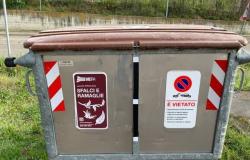Rimini, 13 June 2024 – “La earthquake recorded last night serves to remind us that the Rimini area, like the whole of Romagnait’s a historically seismic area”.
Talking is Paride Antolinigeologist from Cesena and president ofOrder of Geologists of theEmilia Romagna: we reached him to find out more about the earthquake that on Monday 12 June, around 11pm, caused concern among residents And tourists in Rivierawhile not causing any damage to buildings.
The earthquake, of magnitude 3.5, originated in the sea, 6 km deep, just 3 kilometers away from the shoreline of Riccione and Misano.
“We are talking about a shock that is not very significant in itself – explains the scholar – but clearly felt by the populationgiven the proximity and shallow depth of theepicenter. We are unable to predict possible aftershocks or the establishment of one seismic swarm: these are phenomena that may or may not occur, statistics in these cases cannot help us.”
Antolini traces it back the origin of the earthquake to the marked geological activity of central Italy, located on the convergence margin between two large plates, African and Eurasian. The relative movement between the two plates causes the accumulation of energy and deformation which, occasionally, are released in the form of earthquakes of varying magnitude.
In the 1916own Rimini was devastated by two serious earthquakes: the first on May 17 and the second – of magnitude 5.9, renamed as ‘mid-August catastrophe‘ – on August 16th. At least fifteen aftershocks occurred in the interval between these two episodes. The toll on that Wednesday 16 August 1916 was 4 dead, 30 injured and extensive damage to buildings, including several churches in the historic centre, the Arch of Augustus and the town hall.
“In 1927, the entire area was classified as seismic – adds Antolini -. Yet, only about ten years later, Rimini, Riccione (and other municipalities in the Rimini and Pesarese areas) were deleted from the list of municipalities in which compliance with the seismic regulations was mandatory, because this would have been a hindrance to the building and tourism development, then in its infancy. Therefore, until 1983 – the year in which these municipalities returned to the seismic risk area – building development took place without any respect for the safety constraints envisaged in these cases. Rimini – it is worth remembering – is not among the areas at greatest seismic risk in Italy, but it is placed among those most exposed due to its high population density, especially during the summer season. Episodes like the one last night – he concludes – serve to don’t let your guard downto remind us that it is necessary to adapt as soon as possible to housing and buildings regulations”.




